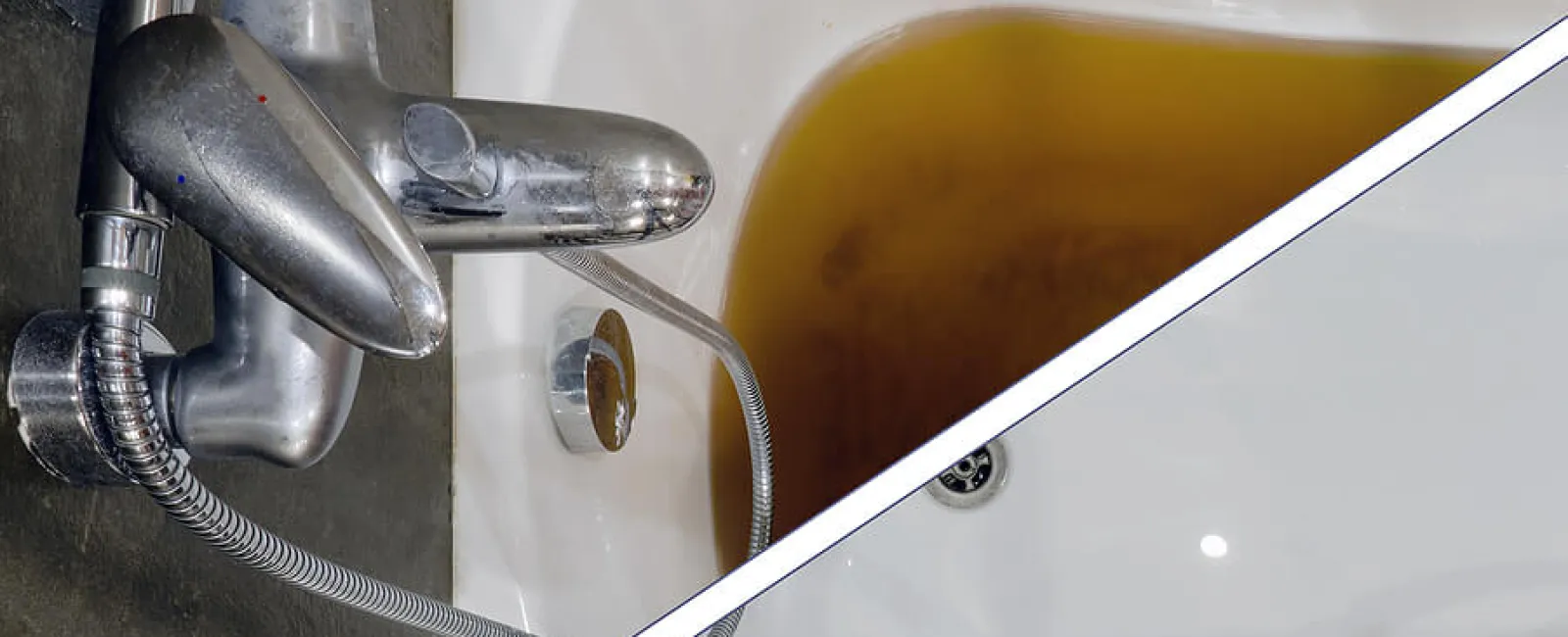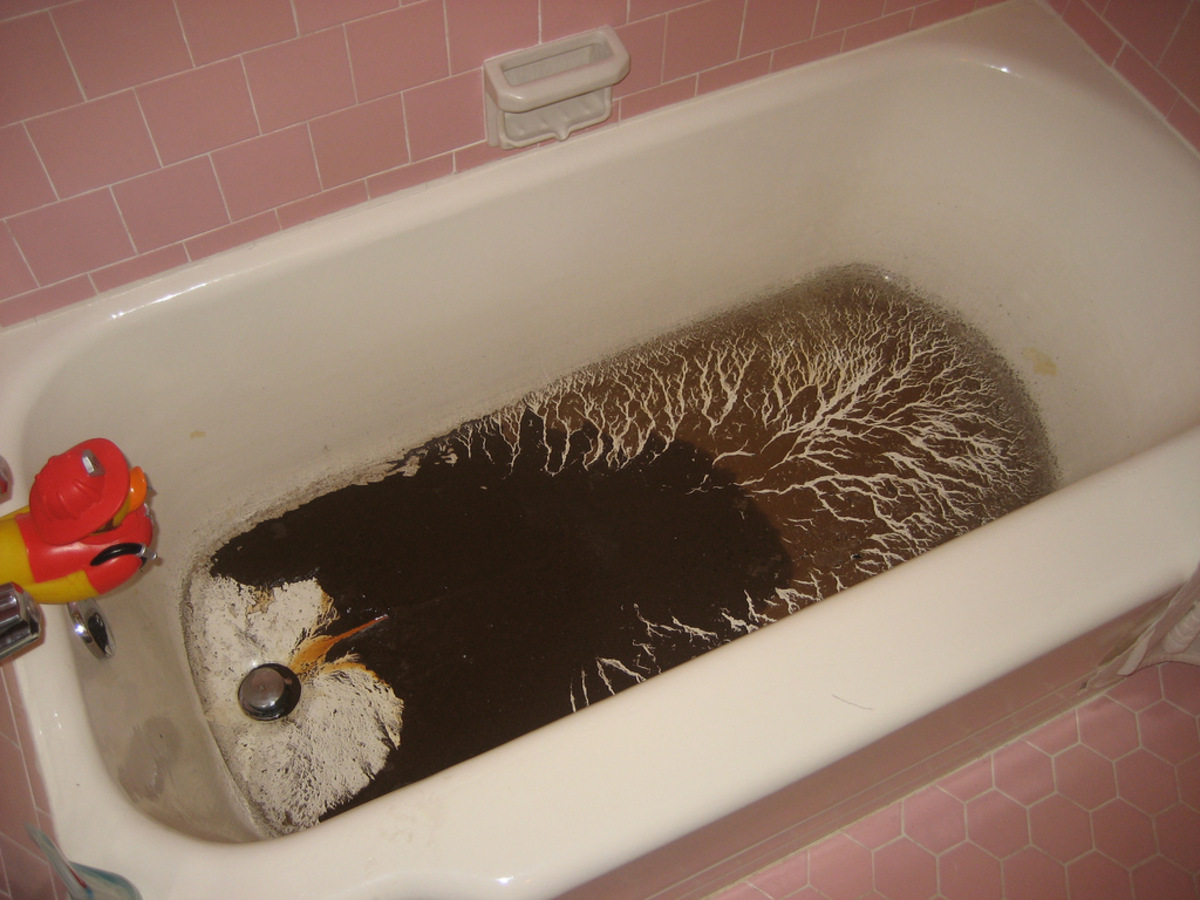Understanding the Phenomenon of Waste Rising Through the Bathtub
Understanding the Phenomenon of Waste Rising Through the Bathtub
Blog Article
We have discovered this post pertaining to Why is Sewage Backing Up Into My Bathtub? directly below on the net and believe it made sense to write about it with you here.

Sewer backup in the bath tub can be an upsetting and unhygienic problem for any type of homeowner. Not just is it bothersome, but it additionally poses major wellness risks and shows underlying problems with the plumbing system. Comprehending why sewer is showing up through the bath tub is essential for taking proper action to attend to the issue efficiently.
Intro to the Problem
Usual Factors for Sewer Backup
Clogs in the Drain Line
One of the most usual sources of sewer back-up is a clog in the drain line. This can happen due to the buildup of particles, grease, or international items in the pipes, preventing correct flow and causing sewer to back up right into your bathtub.
Tree Origin Intrusion
Tree origins seeking dampness and nutrients can infiltrate sewage system lines through tiny cracks or joints. Gradually, these roots can expand and increase, triggering substantial damage to the pipes and resulting in sewage backup concerns.
Recognizing the Trouble
When sewer draws back up right into the tub, it's a clear indicator of a problem with the drain system. The wastewater that needs to be flowing far from your home is instead finding its way back into your home, which can bring about considerable damage and carcinogen.
Potential Causes
Several elements can contribute to sewage backup in the bath tub. From clogs in the sewage system line to concerns with the plumbing facilities, determining the source is vital for discovering an option.
Aging Infrastructure
Older homes might have obsoleted plumbing systems that are much more vulnerable to deterioration, fractures, and wear and tear. As pipes age, they come to be much more vulnerable to leaks and clogs, enhancing the likelihood of sewage back-up occurrences.
Heavy Rainfall or Flooding
Throughout durations of heavy rainfall or flooding, the drain system might come to be overloaded with excess water, creating backups and overflows. This can lead to sewage backing up right into bathtubs and other fixtures inside the home.
Indications of Sewer Backup
Foul Odors
Undesirable odors originating from drains or fixtures, particularly in the washroom, might indicate sewer back-up problems. These smells are typically strong and relentless, signifying a trouble that calls for prompt focus.
Slow Draining Fixtures
Tubs, sinks, and bathrooms that drain slowly or not at all could be experiencing sewer back-up. If several fixtures are influenced simultaneously, it's most likely that the problem originates from an usual factor, such as the main sewer line.
Gurgling Sounds
Unusual gurgling or bubbling sounds coming from drains pipes when water is running somewhere else in the house are indicative of air entraped in the plumbing system. This air accumulation can result from sewage back-up and must be explored quickly.
Health And Wellness Dangers Associated with Sewage Back-up
Contamination of Water Supply
Sewage back-up can contaminate the supply of water in your house, presenting a significant health risk to you and your family. Exposure to polluted water can cause gastrointestinal issues, skin infections, and other diseases.
Mold Growth
Wetness from sewage backup can create perfect conditions for mold growth in your house. Mold and mildew spores can worsen breathing issues and cause allergic reactions in delicate people, making prompt cleanup crucial.
Spread of Condition
Sewer includes hazardous microorganisms, viruses, and parasites that can trigger a range of conditions, including hepatitis, cholera, and gastroenteritis. Entering contact with sewage or infected surface areas places you in danger of infection.
Cleaning Up After Sewer Back-up
Sanitation Procedures
Extensively disinfect and disinfect affected areas after sewage back-up to eliminate unsafe microorganisms and prevent mold and mildew growth. Use proper cleansing products and safety gear to ensure risk-free and effective cleaning.
Remediation of Influenced Areas
Repair any type of damage to floor covering, walls, or fixtures caused by sewer backup. Depending upon the extent of the damage, you might need to change carpeting, drywall, or various other materials to recover your home to its pre-loss condition.
Immediate Actions to Take
Switching Off Water System
In the event of sewage backup, it's essential to switch off the supply of water to prevent additional contamination and damage. Situate the primary water shutoff valve in your house and shut it off up until the concern can be settled.
Calling a Professional Plumber
Dealing with sewage back-up is not a do it yourself work. Contact a licensed plumber with experience in handling sewage-related concerns to evaluate the situation and execute essential repairs or cleanups.
Avoiding Contact with Polluted Water
Till the sewage back-up is settled, prevent contact with infected water to stop the spread of microorganisms and pathogens. Use protective equipment if you need to remain in the damaged area and wash your hands extensively later.
Safety nets
Normal Maintenance of Sewage System Lines
Arrange normal inspections and upkeep of your sewage system lines to identify and attend to possible problems before they rise right into significant issues. This can consist of clearing out debris, inspecting for tree origin intrusion, and repairing any type of broken pipes.
Setting Up Backwater Shutoffs
Take into consideration mounting backwater shutoffs in your plumbing system to stop sewage from receding right into your home throughout periods of heavy rainfall or flooding. These shutoffs instantly close when water starts backing up, securing your residential property from contamination.
Appropriate Disposal of Family Waste
Avoid flushing anything apart from toilet paper and human waste down the toilet to prevent obstructions and blockages in the sewer line. Dispose of oil, oil, and other family chemicals properly to lessen the risk of plumbing problems.
Sewage Coming Up Through the Bathtub?
Understanding the Plumbing System:
To understand why sewage is coming up through your bathtub, it is essential to have a basic understanding of the plumbing system. The plumbing system is a complex network of pipes, valves, fixtures, and drains that work together to provide clean water to your home and remove waste and sewage. The system consists of two parts: the supply system and the drainage system.
The supply system brings clean water to your home, while the drainage system removes wastewater from your sinks, toilets, showers, and bathtubs. The drainage system is connected to the main sewer line, which carries the wastewater to the municipal sewage treatment plant or septic tank.
Causes of Sewage Coming Up Through the Bathtub:
Sewage coming up through the bathtub can be caused by various factors. Some of the most common causes are:
Clogged Drain Pipes:
One of the most common reasons for sewage coming up through the bathtub is a clogged drain pipe. Over time, debris, hair, soap scum, and other foreign objects can accumulate in the drain pipes, leading to a blockage. This can cause the wastewater to back up and come out of the bathtub.
Main Sewer Line Blockage:
Another reason for sewage coming up through the bathtub is a blockage in the main sewer line. The main sewer line connects your home’s drainage system to the municipal sewer system. If the main sewer line gets clogged due to tree roots, grease buildup, or other obstructions, it can cause sewage to back up into your home’s plumbing fixtures, including the bathtub.
Sewage Backup:
Sewage backup is another common cause of sewage coming up through the bathtub. Sewage backup occurs when there is a problem with the municipal sewer system, such as heavy rainfall, flooding, or a malfunctioning pump. When this happens, sewage can flow back into your home’s drainage system and cause sewage backup in your plumbing fixtures, including the bathtub.
Broken or Damaged Pipes:
Finally, broken or damaged pipes can also cause sewage to come up through the bathtub. Over time, pipes can deteriorate due to age, corrosion, or external factors such as shifting soil. When pipes break or crack, wastewater can leak out and cause sewage backup in your plumbing fixtures.
Signs of Sewage Coming Up Through the Bathtub:
Some of the signs that sewage is coming up through your bathtub include:
Foul odor: If you notice a strong, unpleasant odor coming from your bathtub drain, it could be a sign of sewage backup. The smell is caused by the buildup of organic waste in the pipes. Slow drainage: If your bathtub drains slowly or not at all, it could be a sign of a clogged drain pipe or a more severe problem with the main sewer line. Gurgling sounds: If you hear gurgling sounds coming from your bathtub drain or other plumbing fixtures, it could indicate that air is trapped in the pipes due to a blockage. Prevention Measures:
The best way to prevent sewage from coming up through the bathtub is to take preventative measures. Here are some practical tips:
Regular Drain Cleaning:
Regular drain cleaning can help prevent clogs and keep your pipes in good condition. You can use a plunger, drain snake, or enzymatic drain cleaner to remove any buildup of hair, soap scum, or other debris in your bathtub drain.
Proper Waste Disposal:
Improper waste disposal can also contribute to sewage backup. Avoid flushing non-biodegradable items, such as paper towels, feminine hygiene products, or wipes down the toilet. Also, be mindful of what you pour down the drain, such as grease, oil, or coffee grounds, as they can cause clogs.
Professional Plumbing Maintenance:
Regular plumbing maintenance can help prevent plumbing emergencies, such as sewage backup. A professional plumber can inspect your pipes, identify any potential issues, and perform preventative measures, such as hydro jetting, to clean your pipes.
Hydro Jetting:
Hydro jetting is a powerful method that uses high-pressure water to clean the pipes thoroughly. It can remove even the most stubborn clogs and prevent future blockages.

As a fervent reader about , I think sharing that portion was beneficial. Are you aware of someone else who is fascinated with What to Do if Sewage Starts Coming Up Through Your Bathtub? Take a moment to promote it. Thank you so much for taking the time to read it.
More Details
Report this page